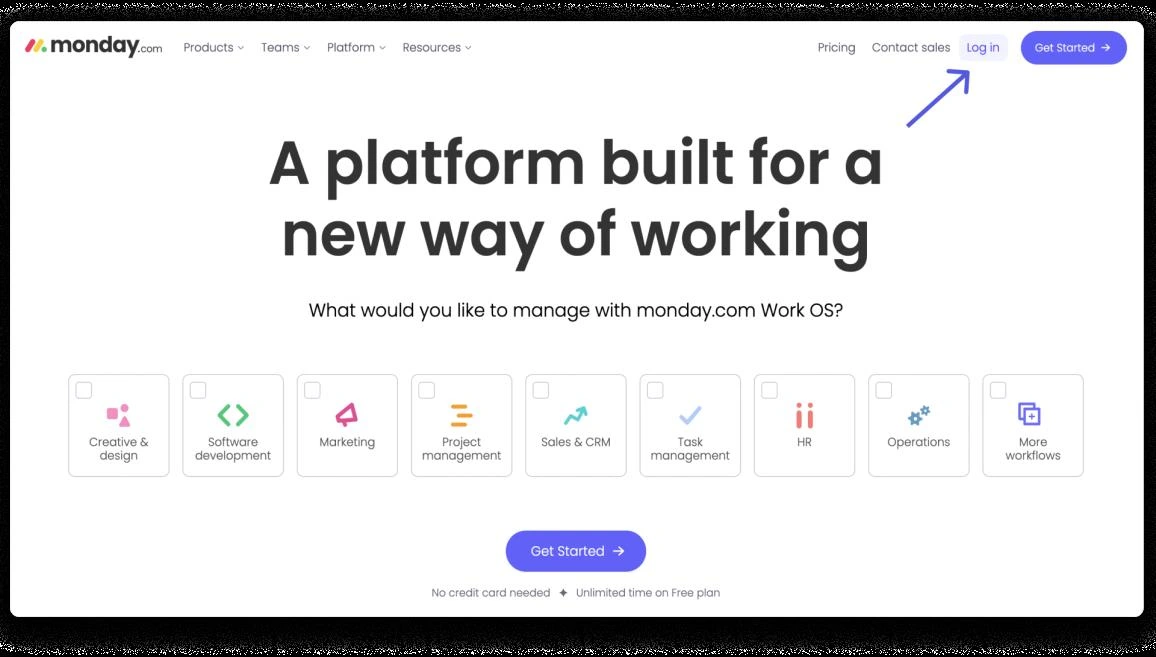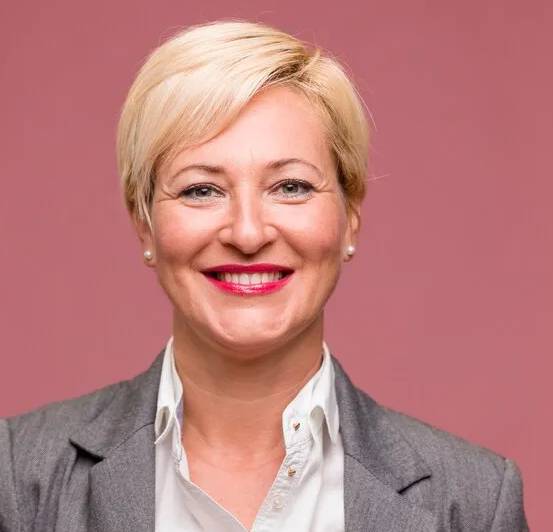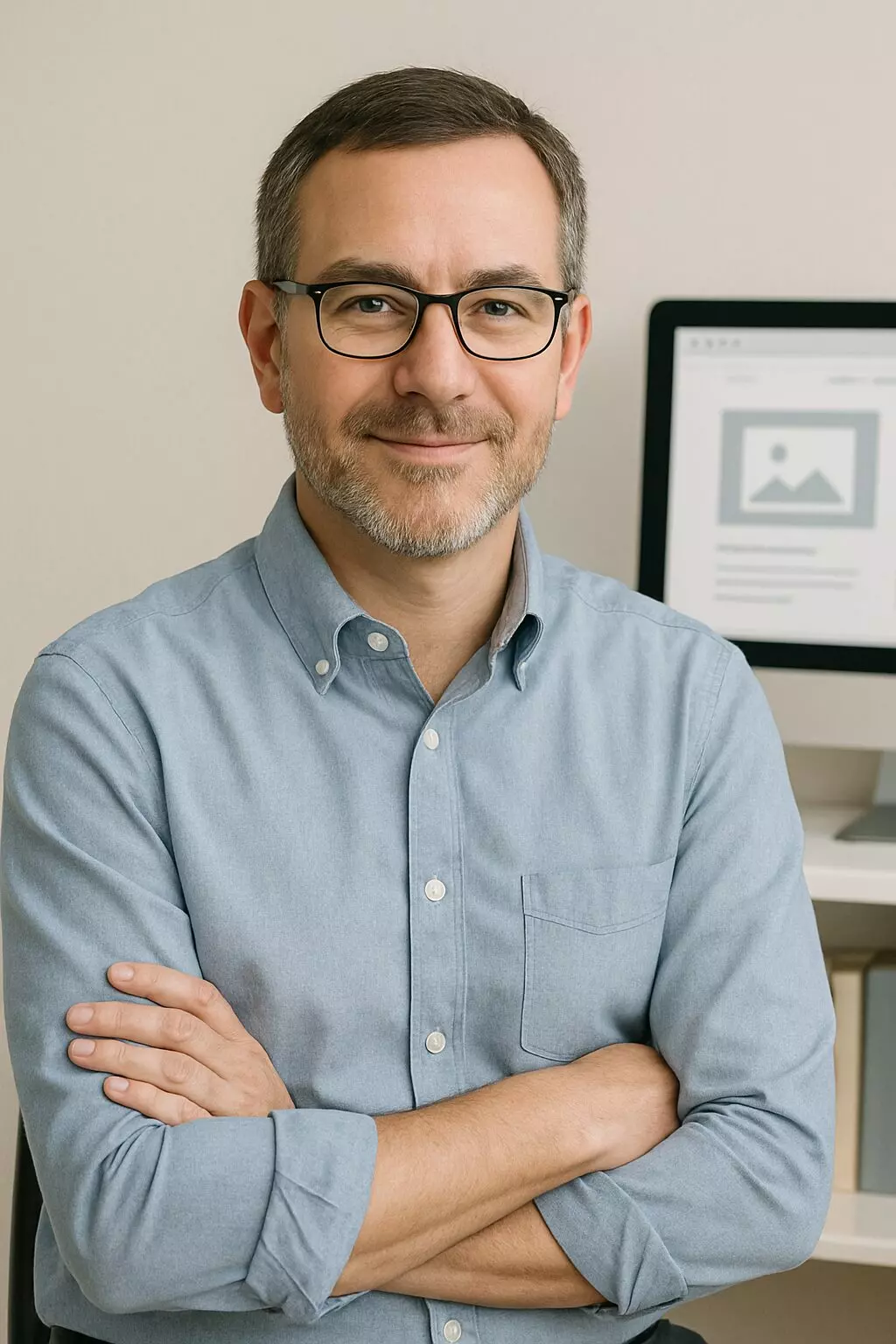Working With Juvenile Offenders Program Analysis
Question :
Analyze two Office of Justice Programs. Two offices of justice programs such as Adolescent Diversion Project (Michigan State University) and Family Drug Treatment Court (Snohomish County, WA) have been selected from the website of the office of juvenile justice and delinquency prevention. The paper has analyzed the effectiveness of the selected programs. The reasons for the success of one of the programs and failure of another program have also been analyzed.
Answer :
Adolescent Diversion Project (Michigan State University)- First program
It is a strengths-based, advocacy-oriented, as well as the university-led program that has been designed to divert youths who have been arrested. The program diverts them from formal processing in the juvenile justice system. The program aims at providing community-based services to those youths. The goal of the program is to prevent future delinquency by improving the attachment of youths to their family along with other prosocial individuals. The program also focuses on increasing access of youths to resources in the society along with keeping them away from potentially stigmatizing social context such as the juvenile justice system. The goal of the program is based on a combination of theoretical perspectives.
The program was started in 1976 with the help of effective collaboration among members of the community, personnel from the Ingham County Juvenile Court, and Michigan State University in response to an increase in juvenile crime as well as the need for the cost-saving alternatives to the formal processing of juveniles. The program focuses on creating an alternative to juvenile court processing. The caseworkers such as student volunteers spend 6 to 8 hours every week with juveniles in their school, home, as well as community during the 18 weeks interventions. The student volunteers work with juveniles one-on-one in order to provide them with services that are tailored to the specific needs of juveniles. The volunteers focus on improving the skills of juveniles in different areas such as school issues, free-time activities, family relationships, and employment. For example, they teach them about the resources that are available in society so that they can be aware of it and access these resources on their own after completing this program. This program did not affect self-reported delinquency significantly.
Family Drug Treatment Court (Snohomish County, WA)- Second program
The Snohomish County Family Drug Treatment Court is a program commonly known as a family drug treatment court program. This program has been developed for parents who have substance abuse allegations as well as those parents who are involved in the child welfare system. It is an alternative dependency intervention. It targets substance-using parents who are in need of parenting support as well as comprehensive treatment. The goal of the program is to improve permanency planning for families. It also aims at reducing the number of time children spend in the child welfare system along with increasing treatment completion of parents.
The program is available to all those parents who are residing in Snohomish County, Washington, and who have allegations of child maltreatment resulting from the use of the substance. The information regarding the eligible participant is presented to the drug court team. The admission of the eligible participants is approved by the team. Screening as well as referral process is used by the program to select the participants. Once they are accepted, they must complete several programs and services before they are considered for graduation. At a time, the program can accommodate 30 participants. There are six expectations that every participant should meet in order to maintain eligibility while in the program.
• The participant has completed a medication form for prescription medicines.
• The participant should not use any mind-altering substance or medication.
• The participant should be ready to take a urinalysis test at any time.
• The participant should attend court as scheduled, complete all requirements of the treatment, and attend treatment each week.
• They should attend three sober support meetings every week.
• They should not associate with known drug users, manufacturers, and dealers.
This program is rated effective because it has generated significant positive results.
Similarity and differences in the two programs
Both programs are focusing on improving the living condition of people particularly juveniles who have been involved in delinquency. The purpose of the programs is to involve them in social constructs so that they can be diverted from their past and the legal procedure. But one program is focused on providing interventions to juveniles while another program focuses on dealing with parents who have abuse allegations. In terms of producing results, both programs differ from each other. The first program is not effective in producing positive results while the second one is very effective. The duration of the first program is very less as compared to the duration of the second program. It has also been found that the first program is producing results early as compared to the second program although the result of the second program is more effective than the first program.
Determining why one program is successful and the other is not
The second program is very effective as compared to the first program. There are various reasons that make the first program less effective than the second program. The first and foremost reason is that the second program is more organized and systematic while the first one is not so organized and systematic. In the second program, participants are selected following an organized procedure that is not with the first program. Apart from this, the second program has inclusion and exclusion criteria to select the participant. It makes it more effective than the first program.
Conclusion
Adolescent Diversion Project and Family Drug Treatment Court program are very important programs to help those who have been involved in juvenile delinquency and are in need. However, the Adolescent diversion project is not so effective as compared to the family drug treatment court program. The second program is producing a significant result.
References
Adolescent Diversion Project (Michigan State University). (2020). Retrieved 16 July 2020, from https://www.crimesolutions.gov/ProgramDetails.aspx?ID=332
Family Drug Treatment Court (Snohomish County, WA). (2020). Retrieved 16 July 2020, from https://www.crimesolutions.gov/ProgramDetails.aspx?ID=597








